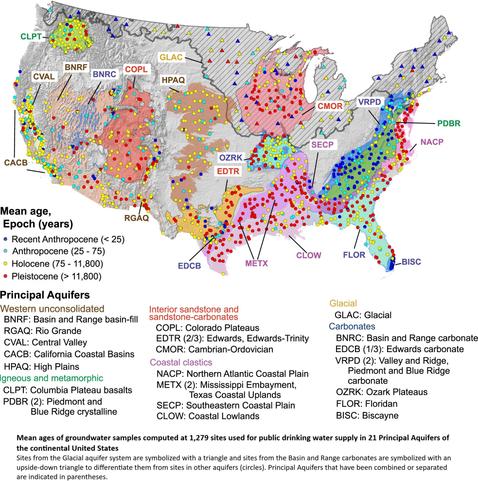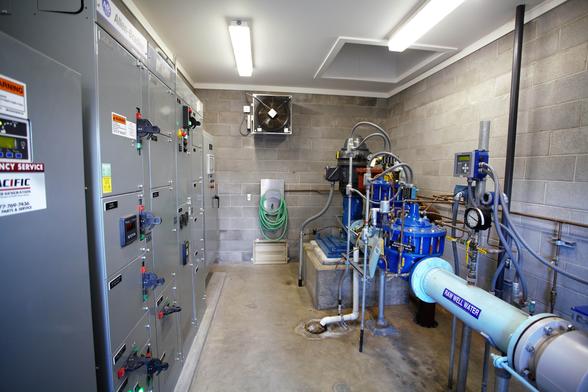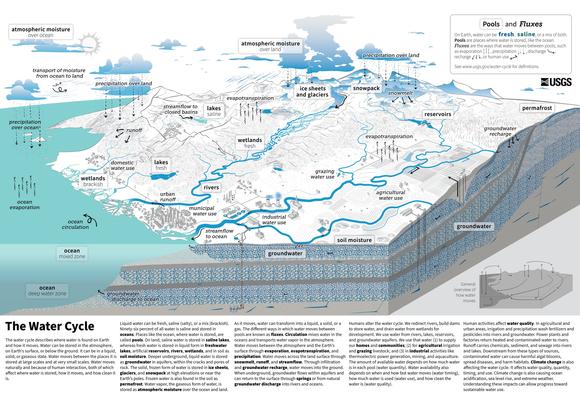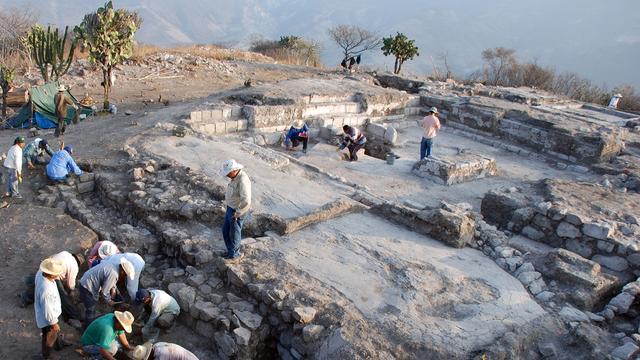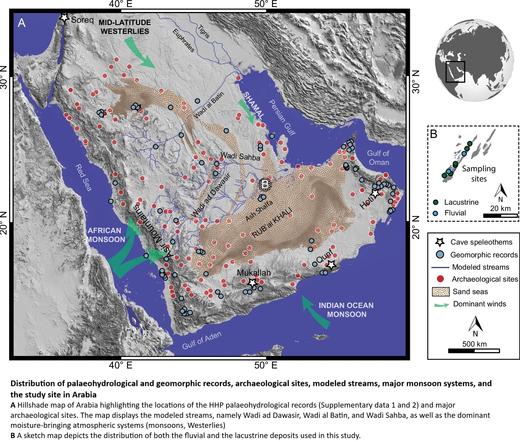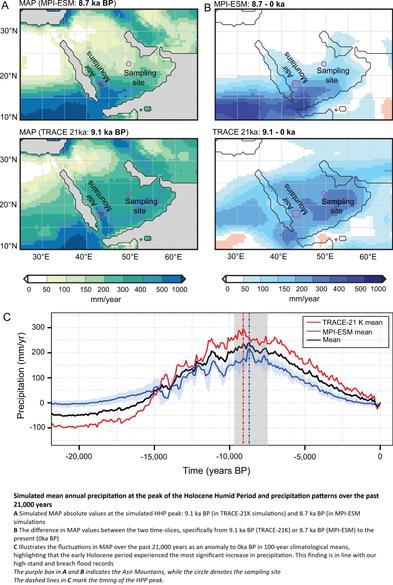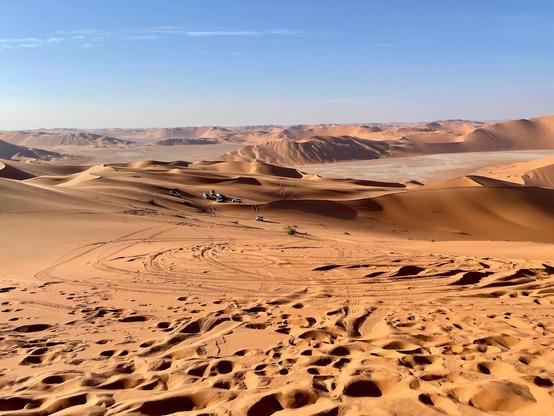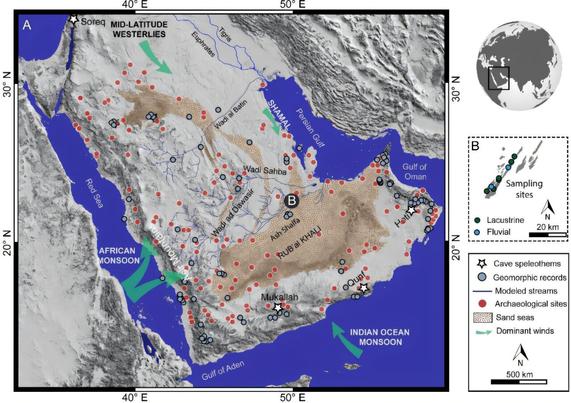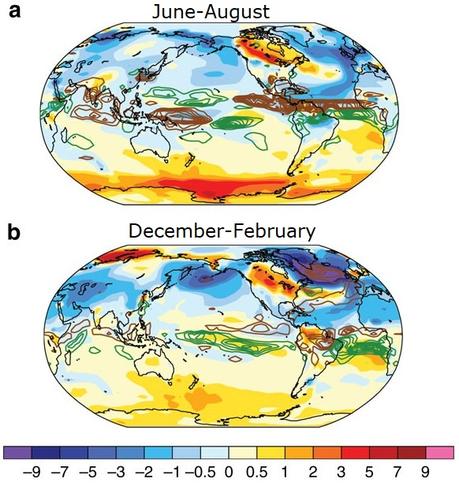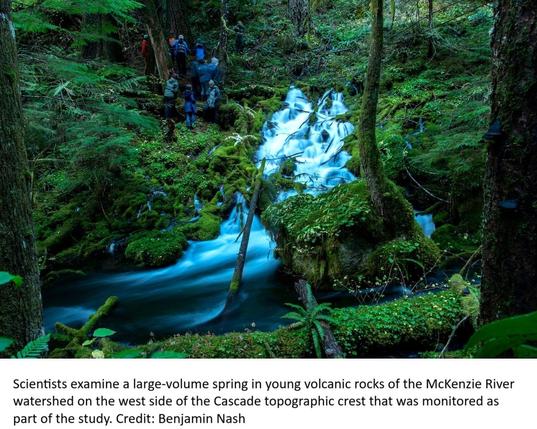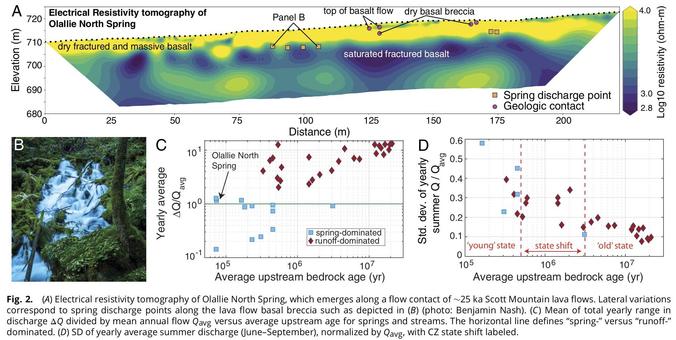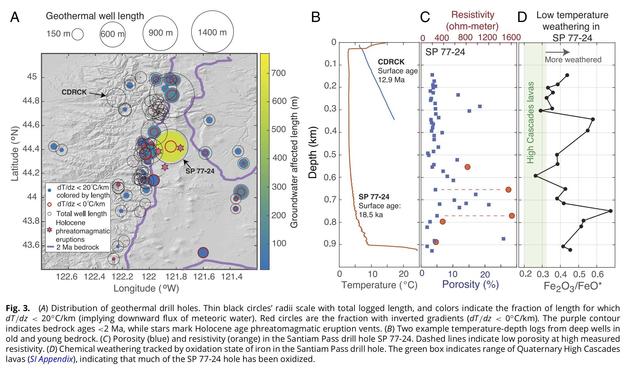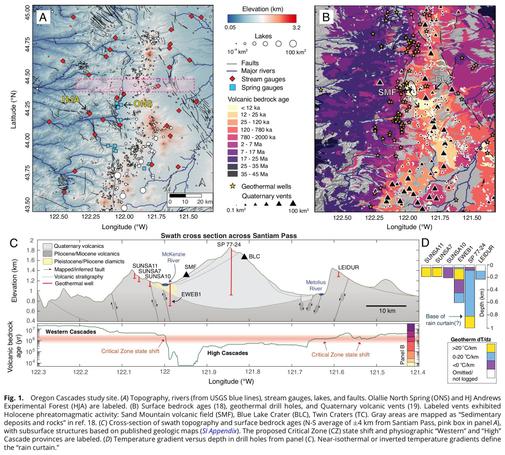edit: added another image.
https://aslopubs.onlinelibrary.wiley.com/doi/full/10.1002/lol2.10455
Amazing!
And #openaccess °
Also, the references in the paper are a treasure trove.
20,000 days in the life of a clam shell 10 mio years ago in the Indonesian Throughway shows heavy rain events, seasons and what the authors say is a proto- #ENSO cyclicality, dominated by #LaNina .
https://www.sciencedirect.com/science/article/pii/S0031018224007004
When you hear "dominated by La Nina", is your mind jumping to AMOC slowdown and tipping? Mine does.
The longterm climate records stored in this clam species can indeed show early warning signals for AMOC's tipping behaviour. In this paper, Arellano-Nava and D.J. Reynolds et al 2024 look at up to 500 year old (!) clams from the Northern Atlantic, document the approach for finding Early Warning Signals, and see a slowdown since 1750 https://aslopubs.onlinelibrary.wiley.com/doi/full/10.1002/lol2.10455
Light slowdown since 1750 was already visible in Thornalley's #AMOC reconstruction from 2018. He used sortable silt grain sizes near Iceland and near the Canadian coast .
So a different proxy showing the same slowdown.
I took the liberty to superimpose Thornalley's and also Rahmstorf's AMOC reconstruction over vanWesten's AMOC in their freshwater experiment to show the striking similarity, see picture 3.
But a gradual, even slowdown isn't an actual Early Warning Signal for tipping behaviour where
"...it flickers, then it tips...".
For AMOC's tipping behaviour, van Westen's team last year identified various Atlantic locations in various depths, none are in the classical research locations in the Northern North Atlantic ! Particularly not in the #ColdBlob... See the two map images from the supplement with the AMOC schematic by Chidichimo et al 2023.
It's still only a preprint tho, first author Emma Smolders https://arxiv.org/pdf/2406.11738
If I understand it correctly, the clam species lives on continental shelves in shallow-ish waters, not in the ocean abyss. So most locations Smolders et al identified are probably not good for using clams in reconstructing AMOC during the late #Holocene or in #paleoclimate. But some are, eg around the Canary Islands near Africa on 30°N, and many on the shelf along South America.
Especially important because the monitoring arrays (dashed lines in Chidichimo's schematic) have only been installed very recently. But clams can provide a continuous, annual to daily climate record everywhere – in shallow-ish waters.
I'm feeling actual excitement in the hope that researchers are now combing the ocean floor for these shells in the identified locations...

